The important of medical casters impact resistance
The importance of medical casters' impact resistance cannot be overstated in healthcare settings where mobility, safety, and durability are paramount. Medical casters, often attached to hospital beds, stretchers, carts, and other medical equipment, play a crucial role in facilitating patient care and staff operations. In this essay, we will delve into the significance of impact resistance in medical casters, its implications for patient and staff safety, factors affecting impact resistance, testing methods, and advancements in caster technology to address this critical requirement.
1. Importance of Impact Resistance in Medical Casters:
a. Patient Safety: Medical casters support various equipment used in patient care, including hospital beds and stretchers. A caster failure due to inadequate impact resistance could lead to accidents, causing patient injuries or complications. Ensuring robust impact resistance is thus vital for maintaining patient safety during transportation and movement within healthcare facilities.
b. Staff Safety: Healthcare workers rely on medical equipment with casters to perform their duties efficiently. Caster failure can pose risks to staff members, leading to workplace injuries or delays in patient care. Impact-resistant casters mitigate such risks, providing a safe working environment for healthcare professionals.
c. Equipment Durability: Medical equipment undergoes frequent handling and transportation, subjecting casters to various stressors, including impacts from uneven surfaces, bumps, and collisions. Casters with high impact resistance can withstand these challenges, prolonging the lifespan of medical equipment and reducing maintenance costs.
2. Factors Affecting Impact Resistance:
a. Caster Material: The choice of material significantly influences a caster's impact resistance. Common materials include steel, aluminum, and various polymers. Each material has its strengths and weaknesses concerning impact resistance, with polymer-based casters often favored for their lightweight and shock-absorbing properties.
b. Design and Construction: The caster's design and construction play a crucial role in its ability to withstand impacts. Factors such as bearing type, wheel size, and tread material impact the caster's overall durability and resistance to external forces.
c. Load Capacity: The load capacity of a caster directly affects its ability to withstand impacts. Casters designed for heavier loads typically feature robust construction and materials to endure the additional stress generated during movement.
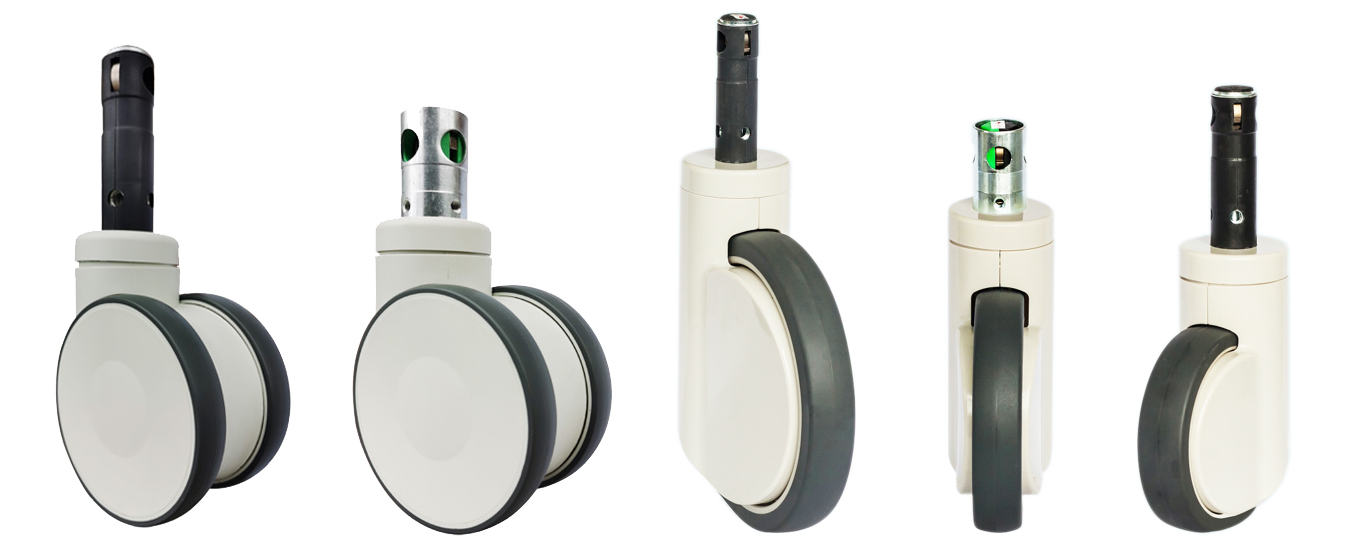
3. Testing Methods for Impact Resistance:
a. Drop Tests: Drop tests involve subjecting casters to controlled impacts from specified heights to assess their resilience. These tests simulate real-world scenarios where casters may encounter sudden shocks or collisions.
b. Dynamic Load Testing: Dynamic load testing evaluates a caster's ability to withstand impacts under load conditions. Casters are subjected to repeated impacts while bearing a specified weight to assess their durability over time.
c. Material Analysis: Material analysis techniques, such as tensile testing and impact testing, help evaluate the mechanical properties of caster materials and identify potential weaknesses that could compromise impact resistance.
4. Advancements in Caster Technology:
a. Innovative Materials: Advancements in polymer science have led to the development of high-performance materials with superior impact resistance, offering an alternative to traditional metal casters.
b. Enhanced Designs: Manufacturers continuously refine caster designs to improve impact resistance without compromising other essential characteristics such as mobility, noise reduction, and ergonomics.
c. Integrated Safety Features: Some modern casters feature integrated safety mechanisms, such as locking systems and shock-absorbing components, to enhance impact resistance and prevent accidents in healthcare settings.
The impact resistance of medical casters is crucial for ensuring patient and staff safety, as well as the durability of medical equipment in healthcare environments. Factors such as caster material, design, and load capacity influence impact resistance, while testing methods help assess caster performance under various conditions. Advancements in caster technology continue to drive innovation in the healthcare industry, with a focus on enhancing impact resistance and overall reliability. By prioritizing impact resistance in caster selection and design, healthcare facilities can mitigate risks, improve operational efficiency, and provide a safer environment for patient care.
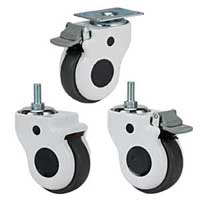
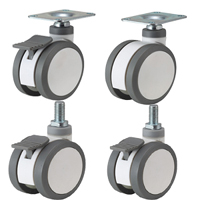
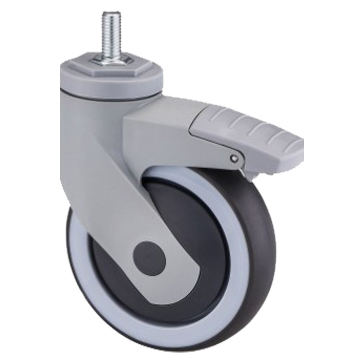
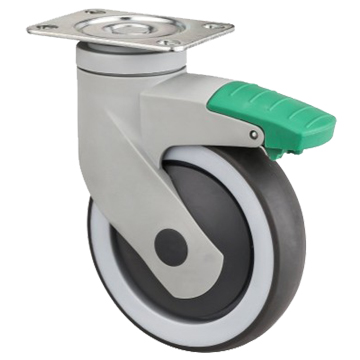

 English
English Spanish
Spanish German
German Russian
Russian Arabic
Arabic Portuguese
Portuguese Italian
Italian French
French Hebrew
Hebrew Turkish
Turkish